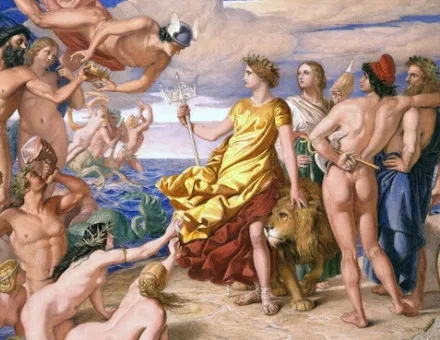Peter Dillon and the South Seas
J.W. Davidson describes how whalers, traders, and settlers represented the first waves of Western colonisation of the Pacific islands.
Like waves breaking on pacific shores, each one overtaken by the next before its energy is quite spent, the phases of Pacific history have followed one another, merging and over-lapping. In the first phase, the expansion of geographical knowledge was the primary motive for the Europeans’ intrusion. Then, before the work of discovery was quite done, traders, whalers, settlers, and missionaries came to the islands, to be followed, in their turn, by the agents of Western political control.
The times of mergence, when one phase of development lost momentum and was over-laid by its successor, are often marked with dramatic force. So it is that the end of the age of exploration can be placed on February 14th, 1779, when Captain Cook was killed on the island of Hawaii. The voyages of Cook and his immediate predecessors, Byron, Wallis, Carteret, and Bougainville, had laid bare the main outlines of Pacific geography.





